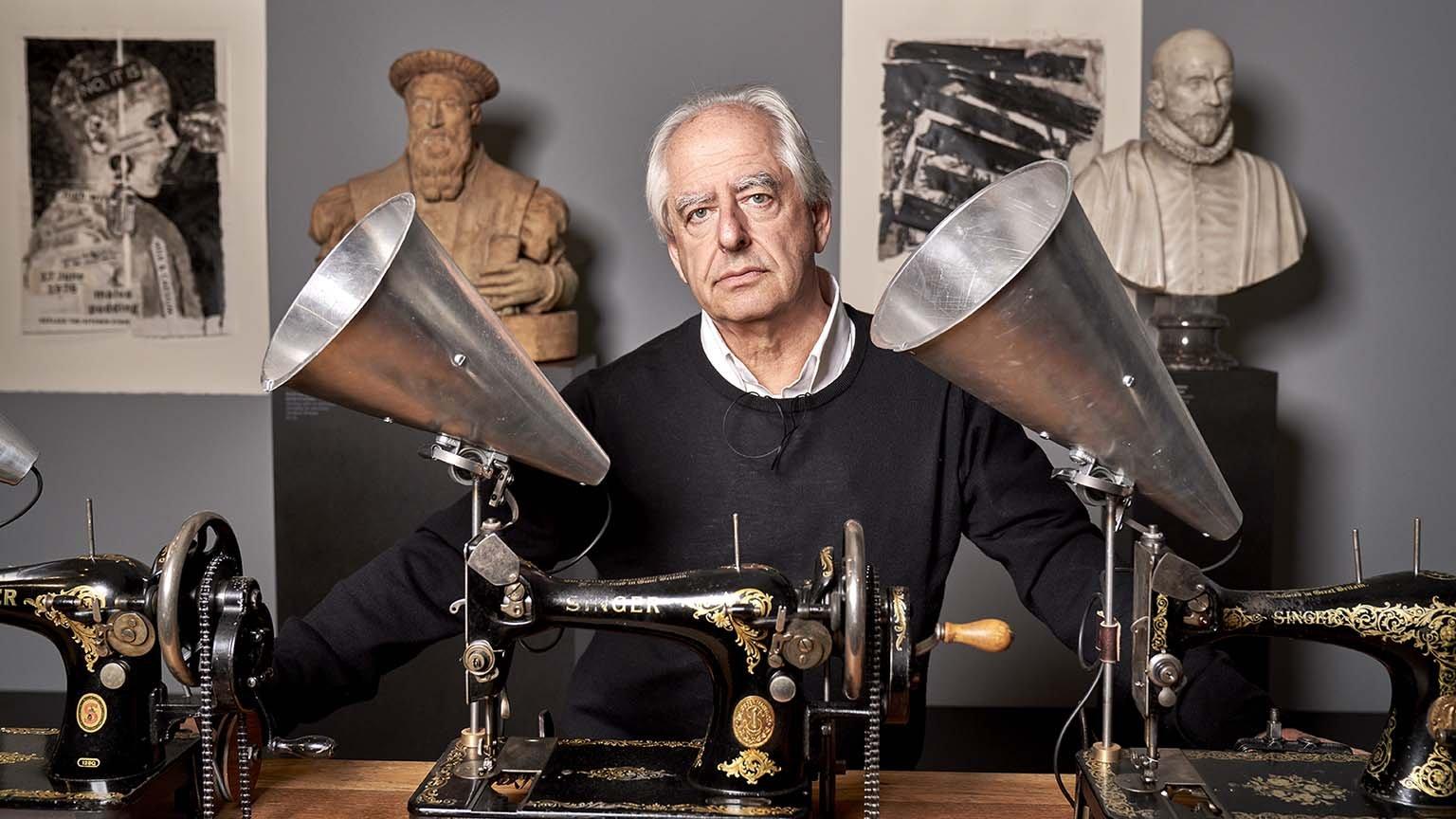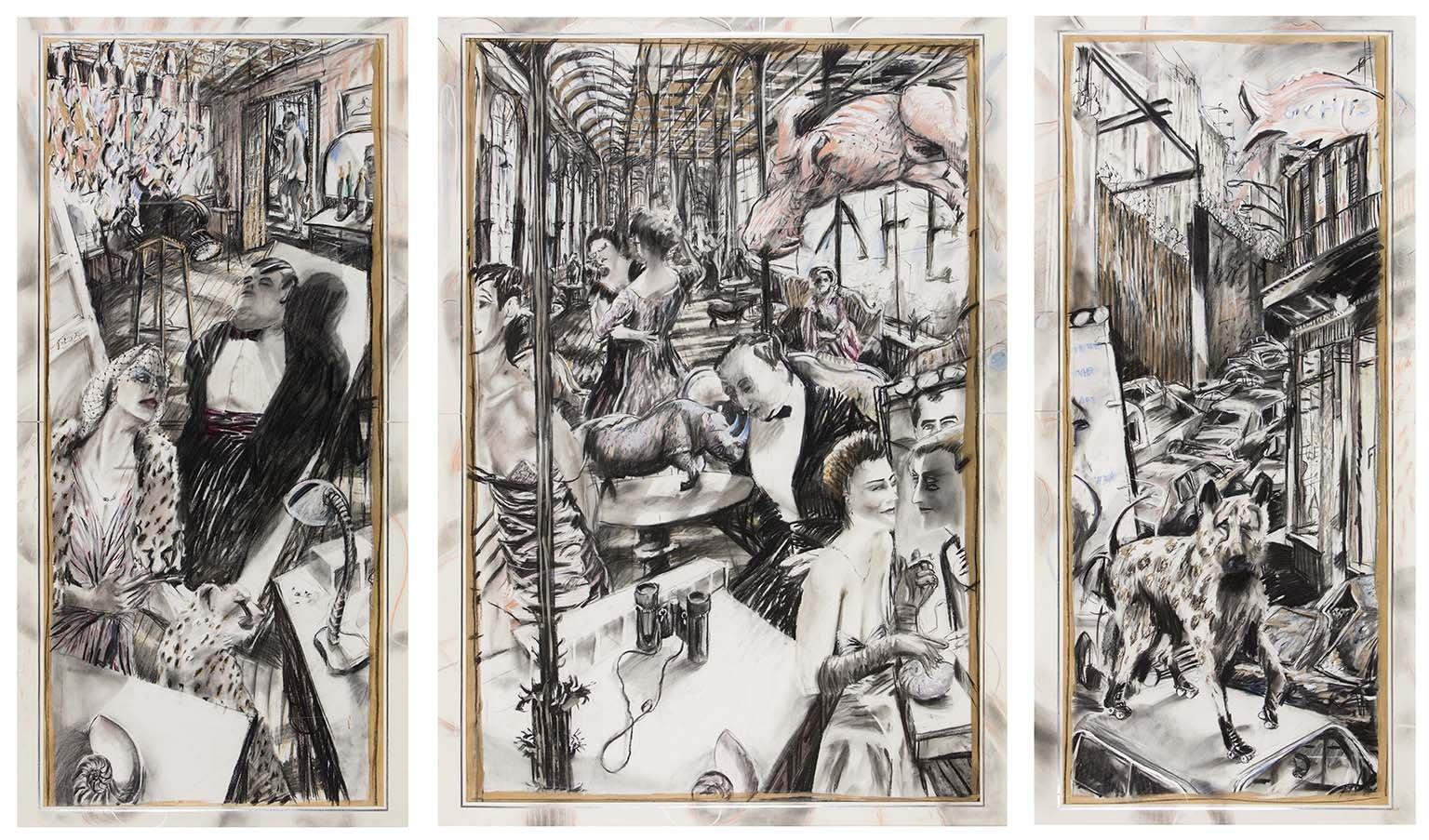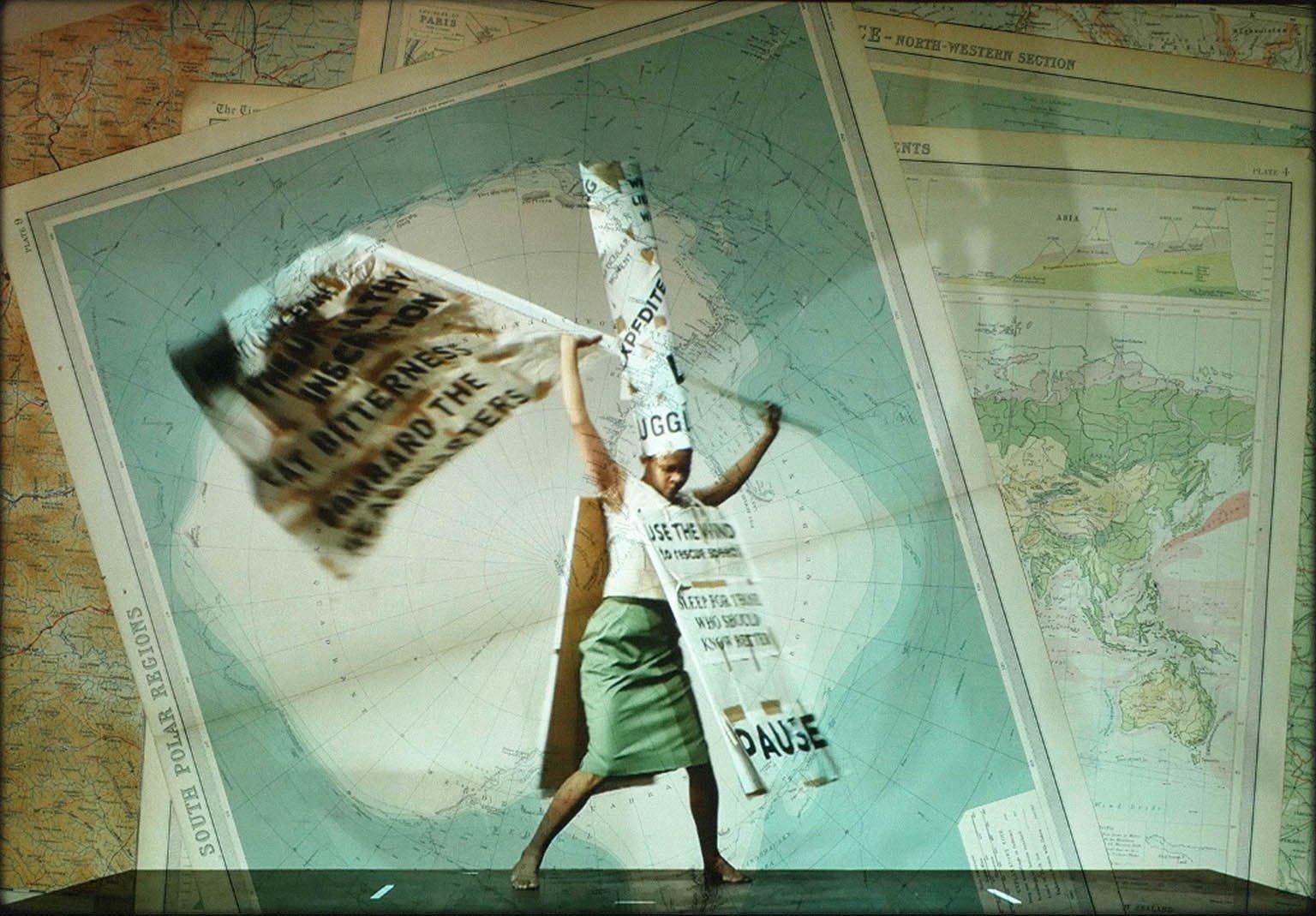William Kentridge on South Africa‘s ‘calamitous past and difficult present‘

With a retrospective at London‘s Royal Academy of Arts, the multidisciplinary artist discusses his storytelling process and the pleasure and possibilities of collaboration.
A version of this article first appeared in the autumn 2022 issue of Art Quarterly, the magazine of Art Fund.
Who is William Kentridge?
Internationally celebrated artist William Kentridge was born in Johannesburg, South Africa, in 1955. Having studied mime and theatre, history and politics, as well as fine art, his expansive and often collaborative work – across media that includes expressionist drawing, animation, opera, tapestry, dance, puppetry, film and music – draws on social and political injustices, particularly in relation to South Africa, as well as on literary and other cultural references. A new exhibition at the Royal Academy of Arts will include work from across his 40-year career.
Q. How do you work with multiple mediums and creative art forms to tell difficult histories?
Charcoal has been a central medium for me for decades. A burnt piece of wood is probably the earliest mark-making material that our early ancestors used on the sides of rocks, and it remains one of the most flexible. You can make a drawing, and with a cloth or an eraser, make another. The medium facilitates transformation and fits with understanding the world and the moment as one of provisionality. It’s about thinking of a table not just as a single fact, but also as a moment between being a tree, a plank, a table and then a fire and ash and smoke. All of those are there in the tree itself that you’re drawing with, in the charcoal. A charcoal drawing as it comes into being has a narrative built into it of arrival and of change. The animations are a charcoal drawing that just continues on its journey.

There’s always a migration of images from one form to another. When I started out, there was an idea that you should specialise in one area. It took me a long time to understand that the best hope for the drawings was what came into them from theatre. The best hope for film was in what the drawings could provoke. There is never a script, storyboard or a written proposal. You leap into the work with the first impulse, the first image, and then trust that the process of making will show you where you’re going, what the questions are rather than the answers.
Some artists have very clear stories they want to tell. I’m the kind of artist where the impulse is less clear and more basic and primitive: a need to make something. The ‘what’ of the something is secondary and emerges in the process. ‘Here are the materials I need to use and let’s see what story they tell at the end.’ Growing up and living in South Africa, it’s not so surprising that most of those stories end up being connected to its calamitous past and its difficult present.
The work Black Box/Chambre Noire [2005, included in the Royal Academy exhibition], for example, grew out of my directing a production of Mozart’s opera The Magic Flute. The question arose of the violence that was needed for the myth of the Enlightenment to function. Rather than force the opera into a particular interpretation, the insight from directing became the starting point for this new piece. It’s a miniature theatre, but instead of actors on the stage, there are little mechanical automatons made by the engineer Jonas Lundquist. A lot of the opera’s music is slowed down, transformed, sung backwards. It tells a story of the German Enlightenment’s underbelly, in this case, the genocide of the Herero people in what was German South West Africa, now Namibia, which borders South Africa. Beginning in 1904, approximately 80% of the Herero people were killed, either directly, starved to death or sent into the desert to die of thirst.

The principle behind the Centre for the Less Good Idea, a small art centre that I helped found in Johannesburg six years ago, is to bring together people from many different forms, actors, dancers, musicians, video editors, writers, to discover what comes through cross-disciplinary collaboration. It’s about allowing ideas that are at the edge of a project – something you glimpse in a rehearsal – to have a space, to allow the periphery to come closer to the centre. This is also, I suppose, a polemic about South Africa as one of the peripheries of the art world. There are things that the centre can learn from the periphery.
After the solitary work of making drawings or animations, there’s an enormous pleasure in collaboration. A theatre project might have 40 or 50 people involved in workshops. The energy comes from what the different participants allow to happen. A vague idea from a composer becomes a movement for a dancer, which shifts the whole sound world we’re going to be in. A costume that’s brought by the designer transforms how someone is moving on stage. A lot of the work in the studio is about strategically making that possible, and keeping a big space for uncertainty.
‘William Kentridge‘, Royal Academy of Arts, London, 24 September to 11 December 2022. £1 off with National Art Pass.